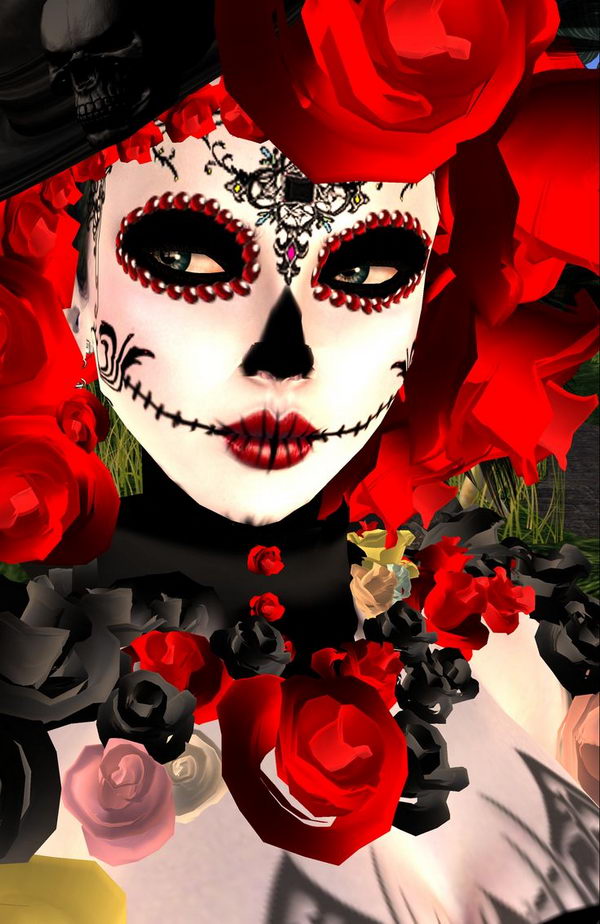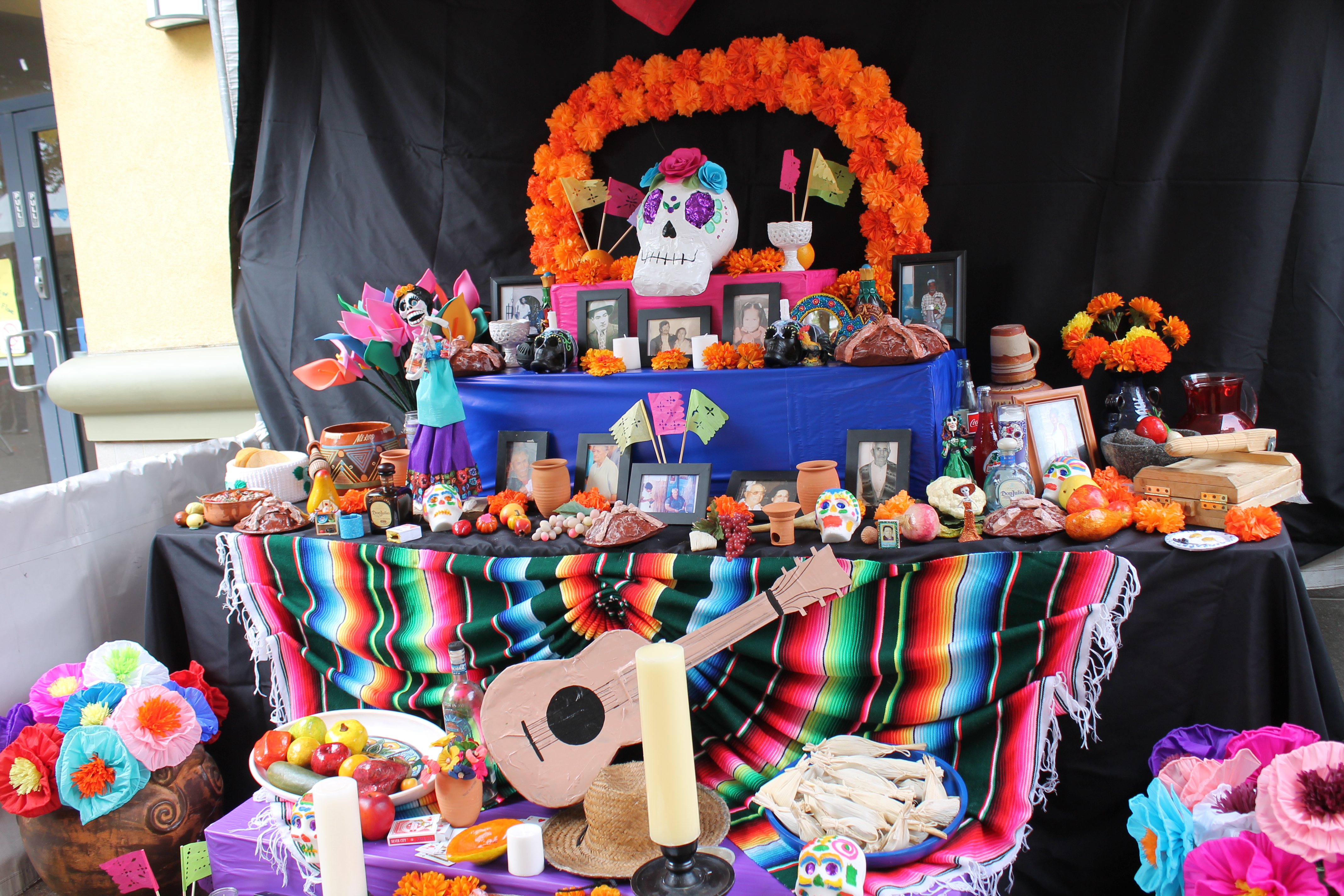


"Día de los Muertos is important because it helps us remember why life is so precious, and honor our ancestors that came before us." Families construct an altar, known as an ofrenda, with the departed child’s favorite snacks, candies, toys, and photographs to encourage a visit. "We as human beings try to hold on to memories and reflecting our loved ones," Ortiz said. Dia de los Angelitos (Day of the little angels) starts the holiday at midnight on Nov 1st, where the spirits of all deceased children are believed to be reunited with their families for 24 hours. 2, marks All Souls' Day, which recognizes the adults who have died. 1, also known as Día de los Angelitos (Day of the Little Angels), which celebrates the children who have passed away in the last year. Over the years, the holiday has interwoven with Catholic traditions marking the start of All Saints' Day on Nov. The origins of Día de los Muertos can be traced back to the Aztecs, according to Houston artist Lizbeth Ortiz, a curator with MECA and the Hardy & Nance Art Studio in Houston. It's a time-honored tradition, especially in Latin culture, but also acknowledged across other regions. To many, it may seem like just another part of Halloween celebrations, but it's important to acknowledge that this sacred holiday has nothing to do with All Hallows' Eve. The framed photo of my mother, the mantel (tablecloth) my abuelita sewed, my grandfather's harmonica, a plate of pan dulce - these are the items that adorn my ofrenda (altar) as I honor the memory of my family in celebration of the traditional Mexican holiday known as Día de los Muertos. This story was originally published in October 2020 and updated in October 2021.


 0 kommentar(er)
0 kommentar(er)
